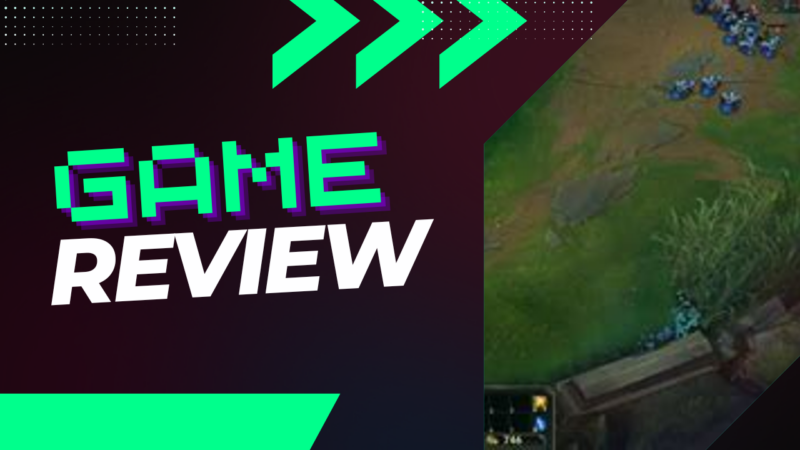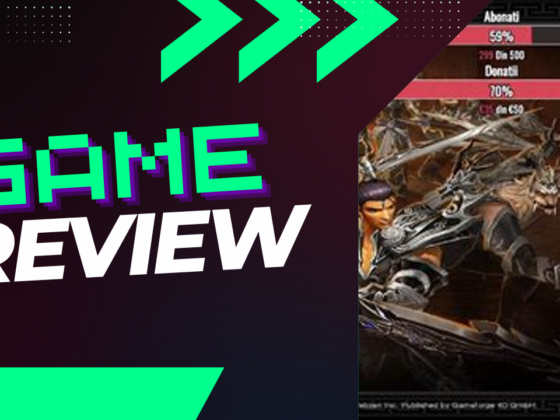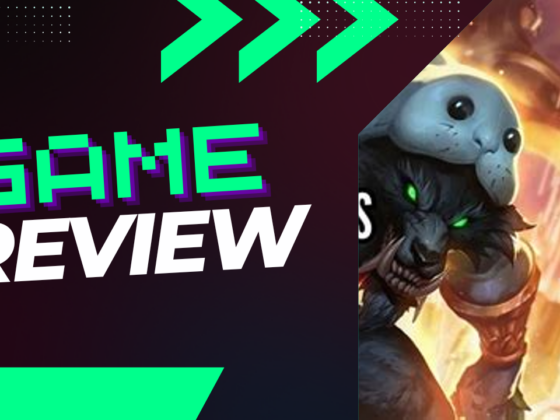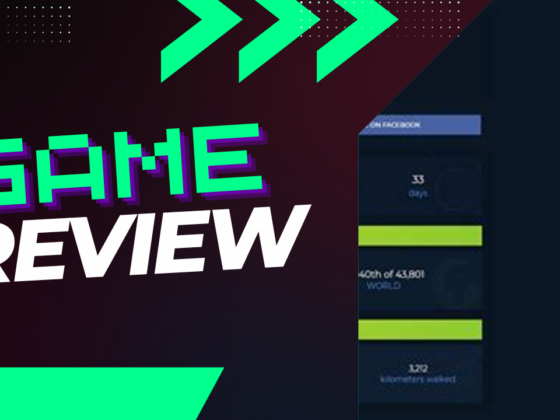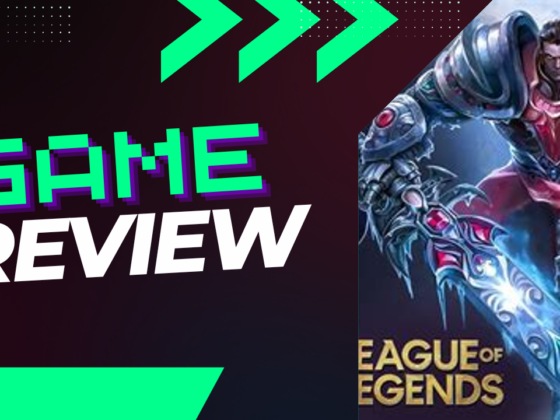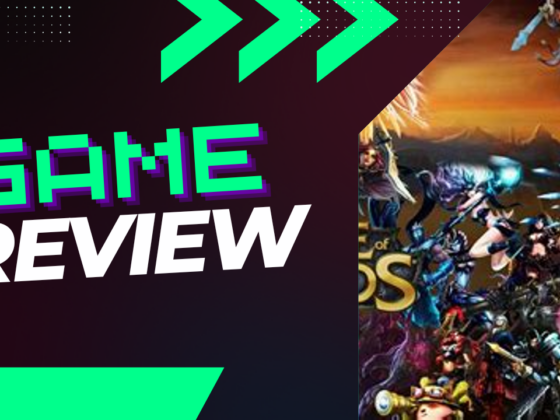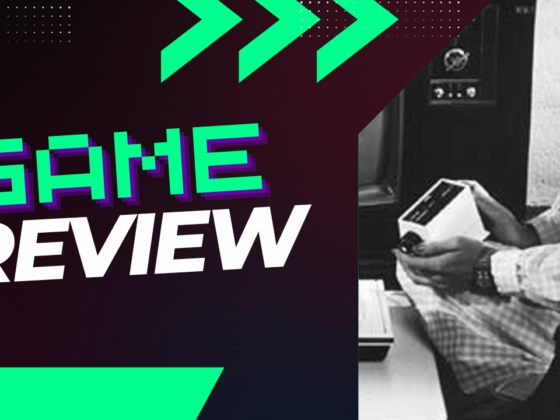Have you ever wondered how your frame rate affects your game play in League of Legends? This beloved title demands more than just strategic thinking; it thrives on a smooth and responsive performance. Aiming for 60+ FPS can be the golden ticket to achieving that seamless gaming experience, especially when your graphics settings are cranked up to their maximum. Yet, if you’re willing to tinker under the hood, even a basic setup can keep you in the game—just with a few trade-offs. So, let’s dive into the essentials of FPS requirements and discover the sweet spot between performance and visual delight.
Understanding FPS Requirements for League of Legends
When it comes to playing League of Legends, obtaining a smooth gaming experience is critical. For optimal performance, we recommend aiming for at least 60+ FPS, especially with the graphical settings at their maximum. This will ensure that your gameplay is fluid and responsive, crucial for competitive settings. However, if you are open to adjusting some settings and are comfortable with frame rates slightly below 60 FPS, you can easily use a more basic computer setup without sacrificing too much enjoyment.
Why FPS Matters in League of Legends
Frame rate, or FPS (frames per second), significantly impacts your overall experience in League of Legends. A higher FPS means smoother animations and more fluid gameplay, effectively enhancing your reaction time during critical moments in the game. Lower frame rates might not deliver the same responsiveness, which can detract from competitive performance and enjoyment.
Adjusting Graphics Settings
Your gaming rig doesn’t need to be top-of-the-line if you’re willing to make some compromises on graphical fidelity. Here are a few tips on how to adjust your settings:
- Lower Textures: Reducing texture quality can significantly boost FPS.
- Disable Shadows: Shadows can be demanding; turning them off helps improve performance.
- Reduce Anti-Aliasing: This setting smooths jagged edges but can reduce FPS.
By tweaking these settings, even a modest computer can provide decent gameplay while keeping the frame rate at acceptable levels.
Hardware Considerations
Your hardware will ultimately determine how well League of Legends runs on your system. Here are some key components to consider:
Graphics Card
The graphics card is perhaps the most pivotal part of your setup. For competitive gaming, having a graphics card that can handle at least 60 FPS at high settings is optimal. Ensure to look at recent models that offer good performance-to-price ratios.
Processor
While the graphics card takes center stage, the CPU also plays a vital role, especially in scenarios where many units are on-screen. A strong processor can manage more tasks efficiently, ensuring a smooth experience.
RAM
Having ample RAM can prevent bottlenecks while gaming. At least 8GB is recommended for League of Legends, but 16GB is ideal for multitasking with other applications.
The Balance between Performance and Visuals
Ultimately, finding the right balance between performance and visuals comes down to personal preference. While many gamers prioritize a higher FPS for competitive play, others may prefer enhanced visual aesthetics. Understanding your priorities will guide your choice of hardware and settings.
Conclusion
To summarize, aim for a minimum of 60 FPS in League of Legends for the best experience with high graphical settings. However, if you’re flexible on graphics, you can play comfortably with a less powerful setup. Make adjustments to your graphics settings and choose quality components tailored to your gaming needs for an enjoyable experience. Whether you prefer a competitive edge or stunning visuals, knowing your FPS requirements is the first step to optimizing your gameplay.

